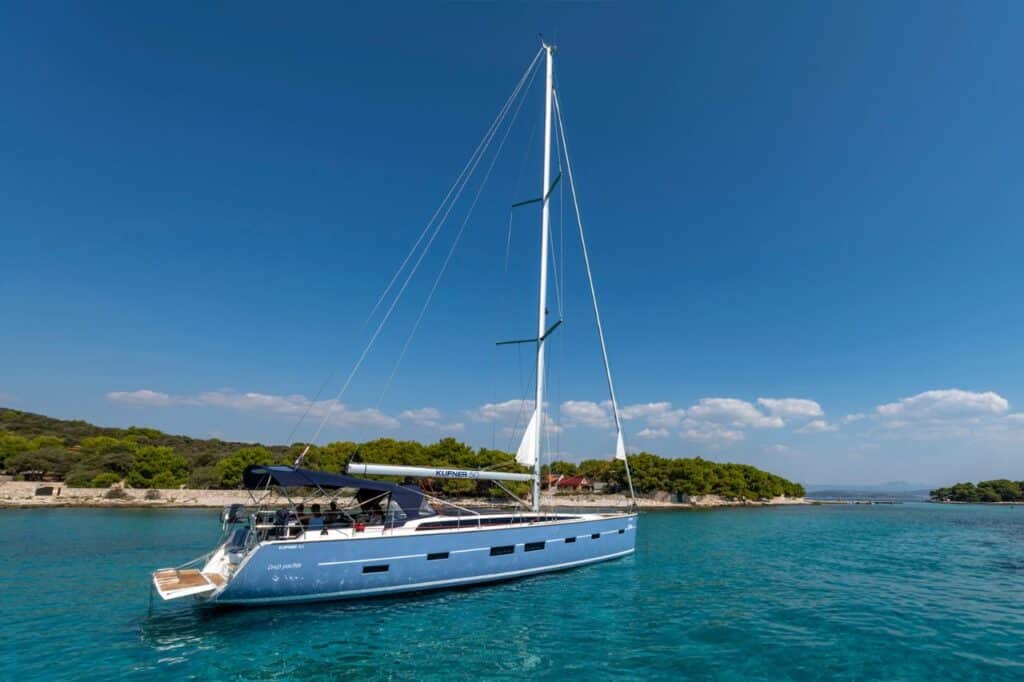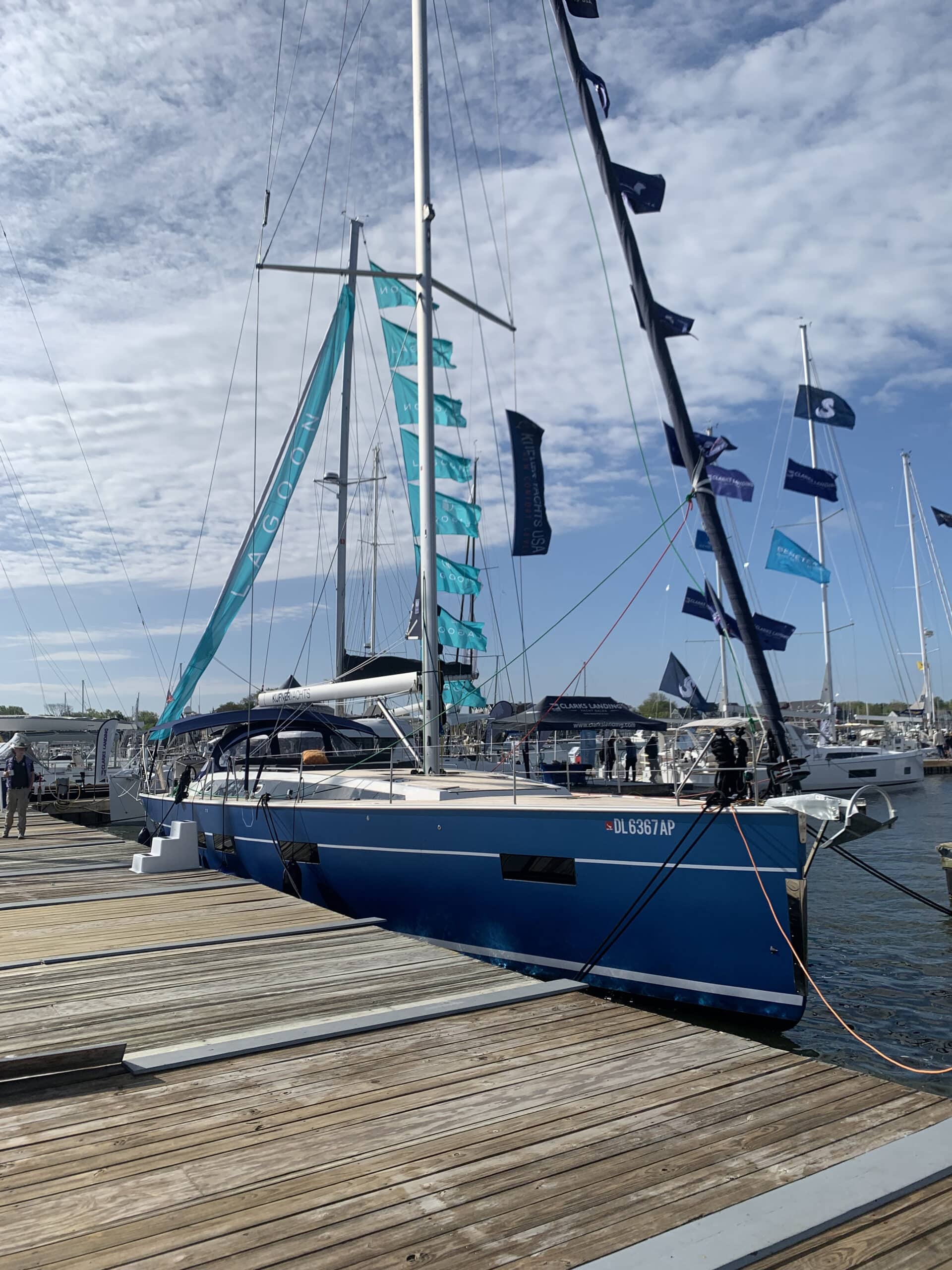Summertime is peak yachting season—and whether you’re planning a coastal cruise or an extended ocean adventure, safety should always come first. Before you untie the lines and power up the engines, it’s crucial to ensure your vessel is seaworthy and fully equipped to handle the unexpected. This yacht safety checklist will walk you through the essential steps every owner and captain should take before heading out on the water.
1. Perform a Pre-Departure Vessel Inspection
Before every trip, conduct a thorough inspection of your yacht. This includes:
- Hull and decks: Check for visible damage, cracks, or signs of wear.
- Bilge: Ensure bilge pumps are operational and automatic settings are functional.
- Propellers and rudders: Inspect for obstructions, corrosion, or damage.
- Anchor and lines: Confirm your anchor system is secure and lines are not frayed.
Keeping your vessel in top shape minimizes the risk of breakdowns and accidents while underway.
2. Test Navigation and Communication Systems
Modern yachts are packed with electronics—but they’re only useful if they work.
- GPS and chartplotters should be calibrated and updated with current charts.
- Radar and AIS systems must be tested for accuracy.
- Marine VHF radio should be fully operational, and you should conduct a radio check.
- EPIRB or PLB: Verify registration, battery life, and readiness in case of emergency.
Technology is a vital asset on the water—don’t assume everything is working until you test it.
3. Update Safety Equipment and Emergency Gear
The Coast Guard requires yachts to carry specific safety gear, and it’s your responsibility to keep it in good condition.
- Life jackets: Ensure there’s one for every person onboard, properly sized and readily accessible.
- Flares and signaling devices: Check expiration dates and store them in a dry, visible location.
- Fire extinguishers: Inspect for pressure and service status. Make sure crew members know how to use them.
- First aid kit: Fully stock it with updated supplies and medications.
Consider investing in additional gear such as a life raft, throw rings, or personal locator beacons for longer voyages.
4. Check Fuel, Fluids, and Engine Health
Before setting off, verify that your engine(s) are in excellent working order:
- Top off fuel, and calculate reserves for the full trip plus a safety margin.
- Check oil, coolant, and transmission fluids—and bring extra onboard.
- Inspect fuel lines, filters, and hoses for wear or leaks.
- Confirm the battery system is charged and tested, including emergency power backups.
If you’re not mechanically inclined, consider hiring a certified marine technician to perform a professional inspection.
5. Review Weather and Route Planning
The weather can change rapidly on the water. Always:
- Check forecasts from reliable marine weather sources.
- Plot your route with waypoints and backup anchorages.
- Inform a friend, family member, or dock manager of your float plan.
Avoid the temptation to “wait and see”—preparing for weather ahead of time is one of the best ways to stay safe.
6. Conduct a Crew and Guest Safety Briefing
Before departure, walk your guests and crew through key safety protocols:
- Location of life jackets and how to put them on
- Man overboard procedures
- Use of fire extinguishers and emergency signals
- How to operate communication devices
If you have new crew or guests unfamiliar with boating, this step can prevent confusion in an emergency.
7. Secure All Loose Gear and Interior Items
Rough seas or quick maneuvers can turn loose gear into dangerous projectiles. Walk through the yacht to:
- Stow personal items, cookware, and tools.
- Secure hatches, cabinets, and drawers.
- Fasten exterior gear like paddleboards, cushions, or grills.
Proper stowing also helps maintain vessel balance and performance.
Final Thoughts: Make Safety a Routine, Not an Afterthought
Every safe voyage begins long before the yacht leaves the dock. By incorporating this safety checklist into your pre-departure routine, you ensure peace of mind for you, your guests, and your crew.
Remember, investing in safety is investing in the longevity of your vessel and the enjoyment of your time on the water. If it’s been a while since your last full inspection or safety training, now is the perfect time to schedule one before summer cruising begins.
Fair winds and following seas!
To learn more or to book a personalized yacht consultation, visit Kufner Yachts USA or call (609) 900-7682.






